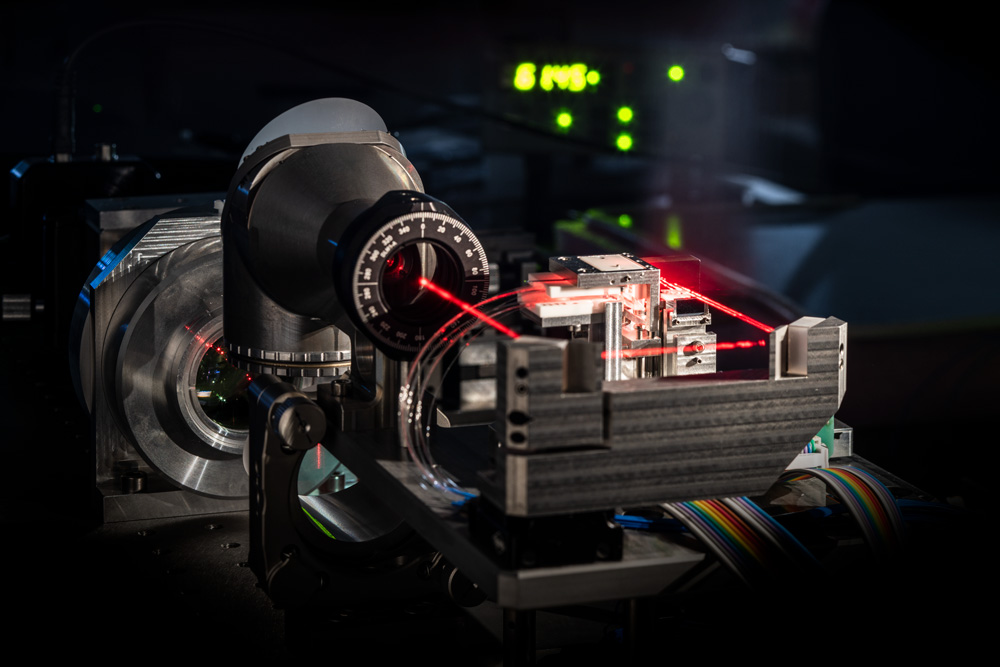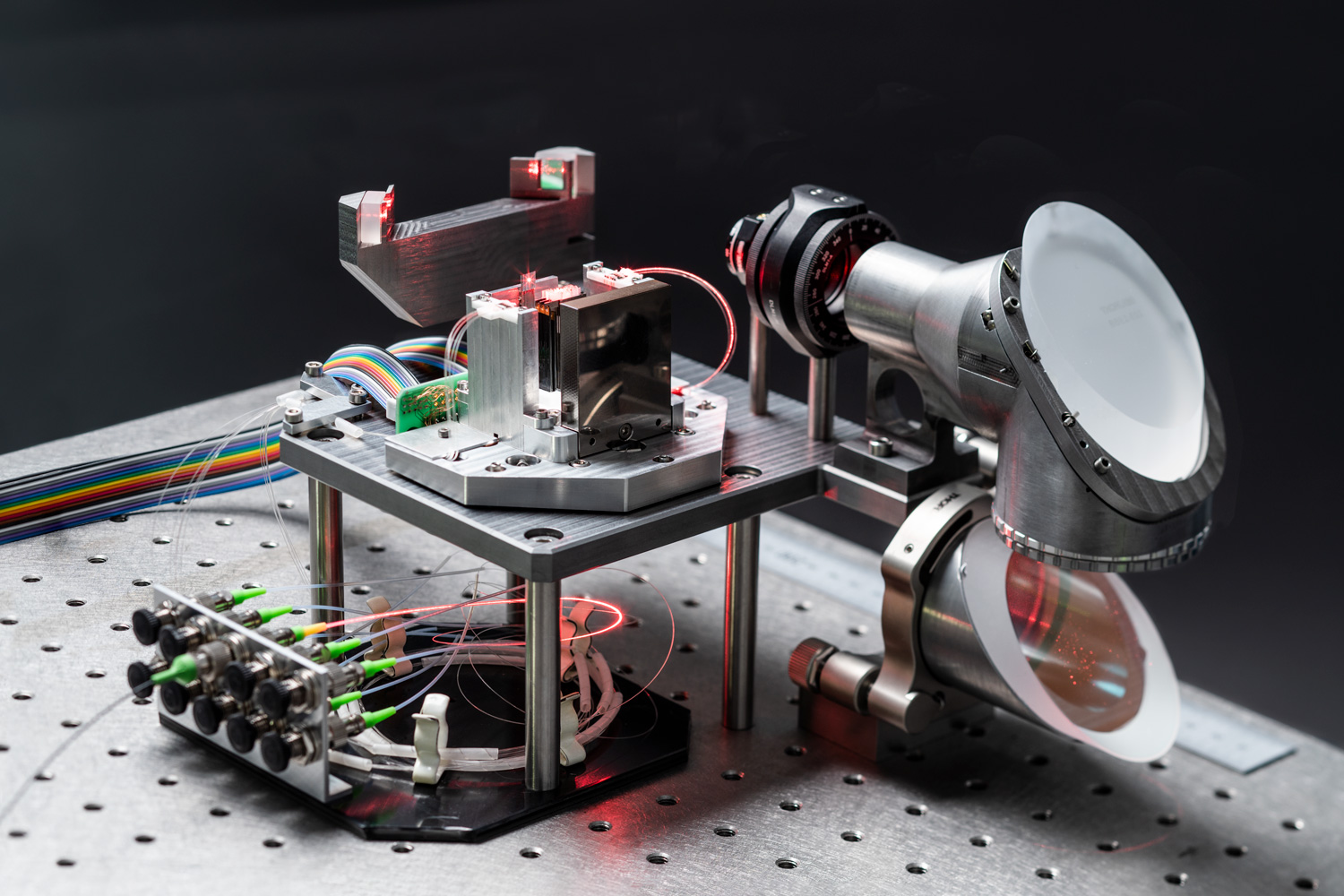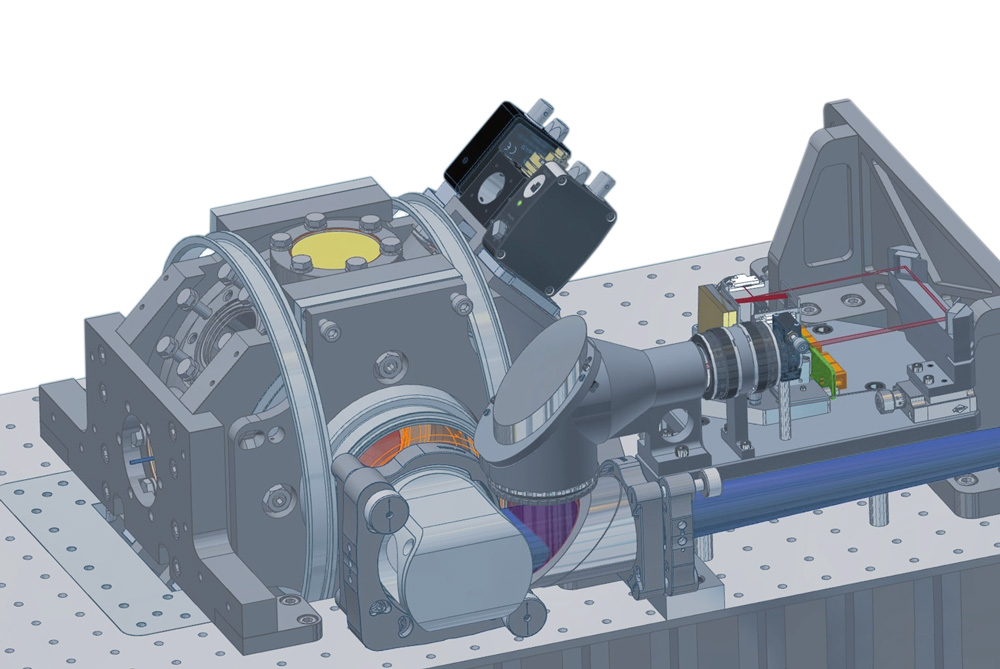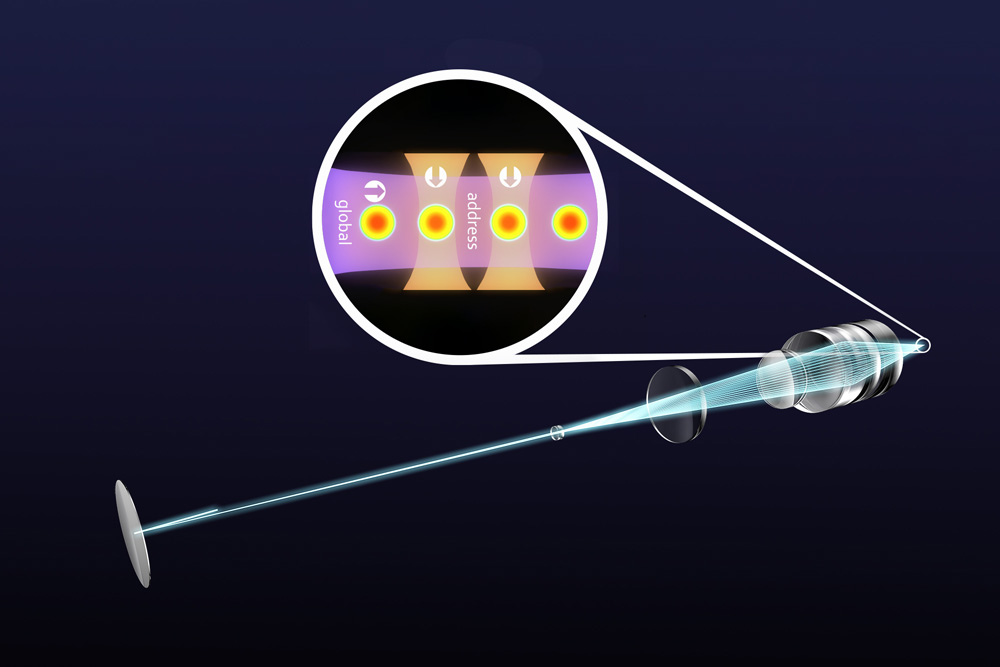Fraunhofer IOF offers a wide range of components and systems in the field of quantum hardware. In addition, our experts develop new customized components and systems on behalf of our customers from industry and research. Our offer ranges from the design to the integration of innovative quantum optical solutions for the fields of application computing, communication, imaging, and sensing.
For more information, please visit:




